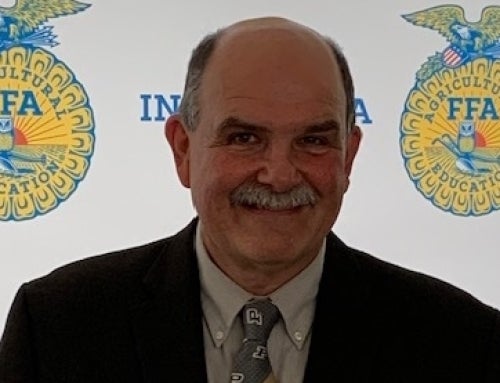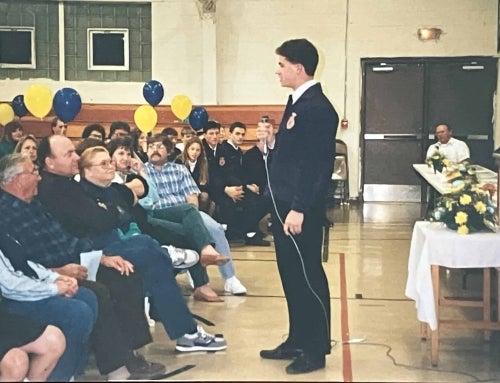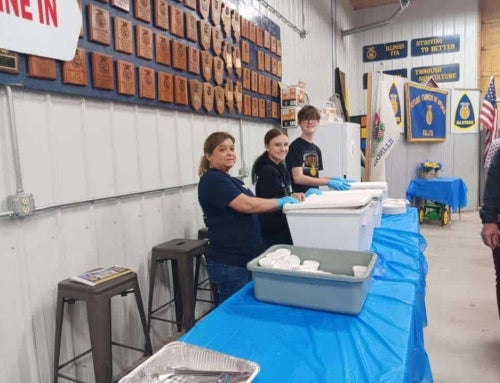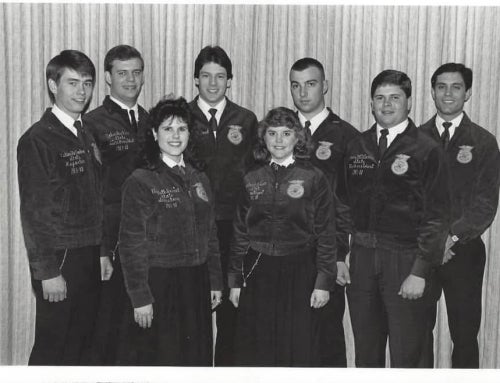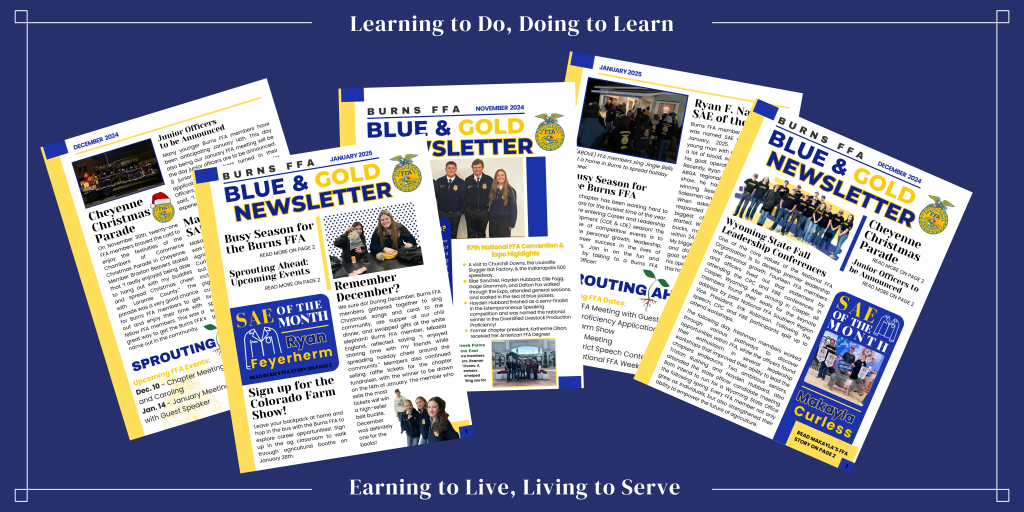
The National FFA Organization has reached 1,027,273 FFA members in 9,235 chapters across all 50 states, Puerto Rico and the U.S. Virgin Islands.
Rapidly increasing membership numbers and chapter charters mean agricultural education is impacting communities across the nation. However, maintaining relationships with school faculty and administration, community members, supporters and alumni is of the utmost importance when establishing and furthering chapter relations.
In a rural town with a population of less than 400, the Burns FFA Chapter in Wyoming has recognized the importance of building such relationships. In November 2024, Burns FFA began publishing and distributing newsletters across the school and to faculty and community members. As a result, the monthly Blue & Gold Newsletter has become a valuable method of sharing the FFA mission, purpose and impact with stakeholders.
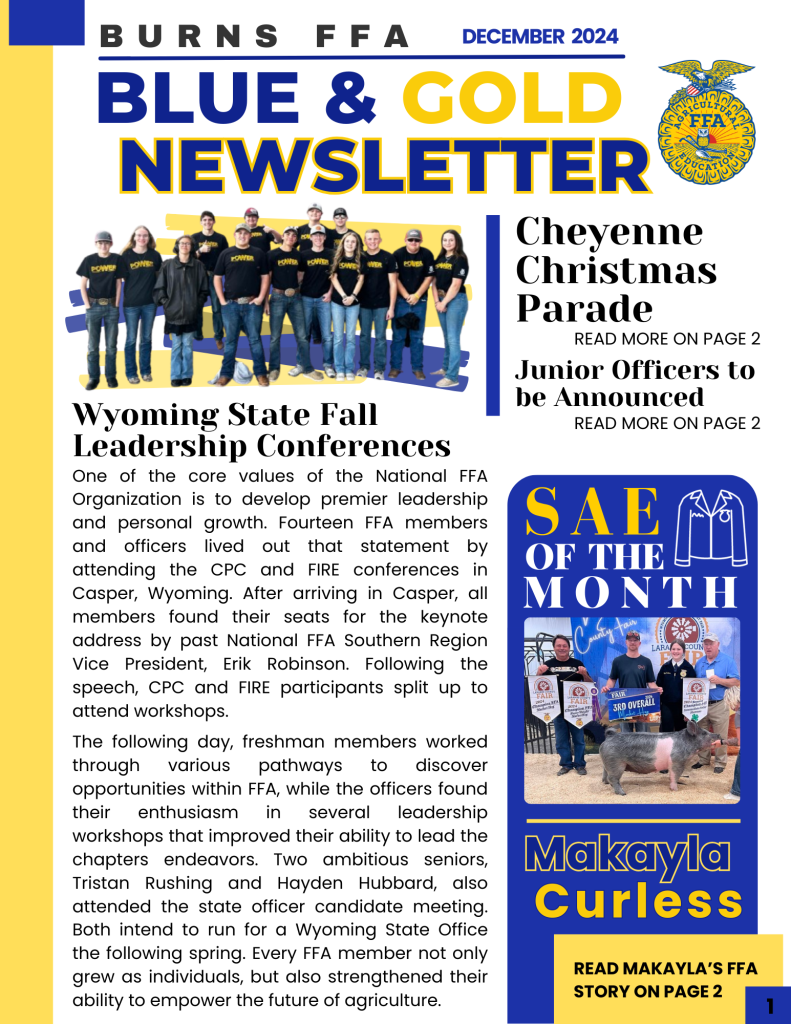
Looking to start a newsletter for your chapter? Gain inspiration from the front page of the most recent edition of the Burns FFA Blue & Gold Newsletter.
However, gaining support for an FFA program is not always easy. In this case, it took the leadership and initiative of 2024-25 Burns FFA Reporter Brendel Evans, who saw the significance of branding his chapter and recognizing its community involvement.
After exploring the possibility of starting an FFA newsletter, Evans began working closely with a mentor to start the project. He’s responsible for interviewing members, writing the articles and uploading images onto a digital design platform where the newsletters are created.
Beginning an FFA chapter newsletter may seem intimidating, but it can be broken down into three achievable steps. A successful newsletter should include:
1. Eye appeal to readers.
2. Recognition of chapter activities, competitions and outstanding members.
3. Upcoming chapter functions.
Eye Appeal
Using visual elements from the FFA Brand Center and an online design platform such as Canva can make creating the graphic design elements of a newsletter much simpler.
On the design platform of your choice, find a pre-made layout that complements your FFA chapter or create a new one. Spice up your pages with brand-specific graphic elements such as the FFA emblem, typography, frames and colors. With a creative and determined mindset, you can create a newsletter that catches everyone’s eye.
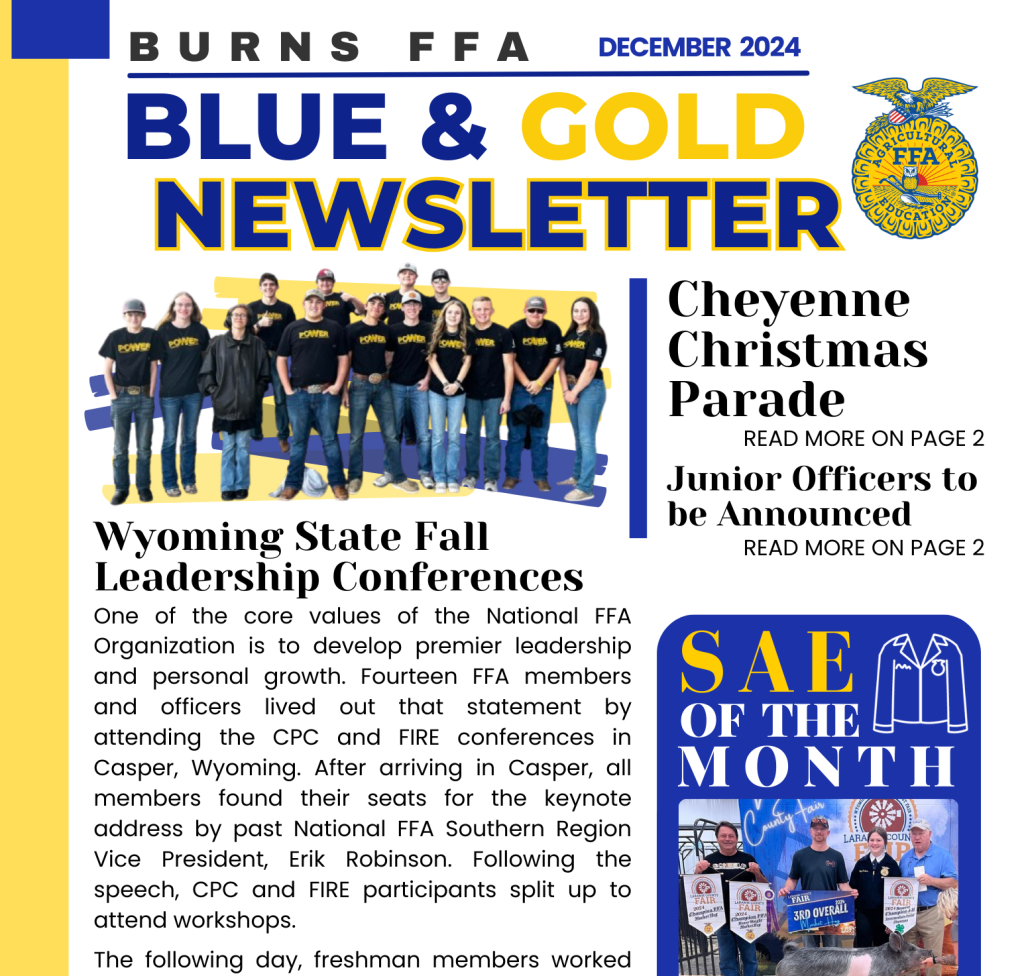
Notice the official brand elements of the National FFA Organization used on this page: an FFA emblem, FFA jacket outline, colors and fonts.
Chapter Recognition
From there, highlight your chapter’s most recent activities. For example, Evans focuses on sharing his chapter’s monthly FFA events and community service initiatives. His chapter also celebrates the member who receives the Supervised Agricultural Experience (SAE) of the Month award.
Recognizing activities, members and achievements can help spotlight the impact of your program. Remember, however, that you’re advocating for agricultural education and FFA to a vast audience of readers, and not every individual will understand FFA. This is your chance to share the organization’s impact and purpose.
Upcoming Activities
Finally, leave room for a section about your chapter’s upcoming functions. Keeping members and parents updated on future activities will improve attendance and participation at those events.
In the Blue & Gold Newsletter, the “Sprouting Ahead” section lists all of the Burns FFA Chapter’s important dates and events. To keep members active, make sure they know what’s to come.
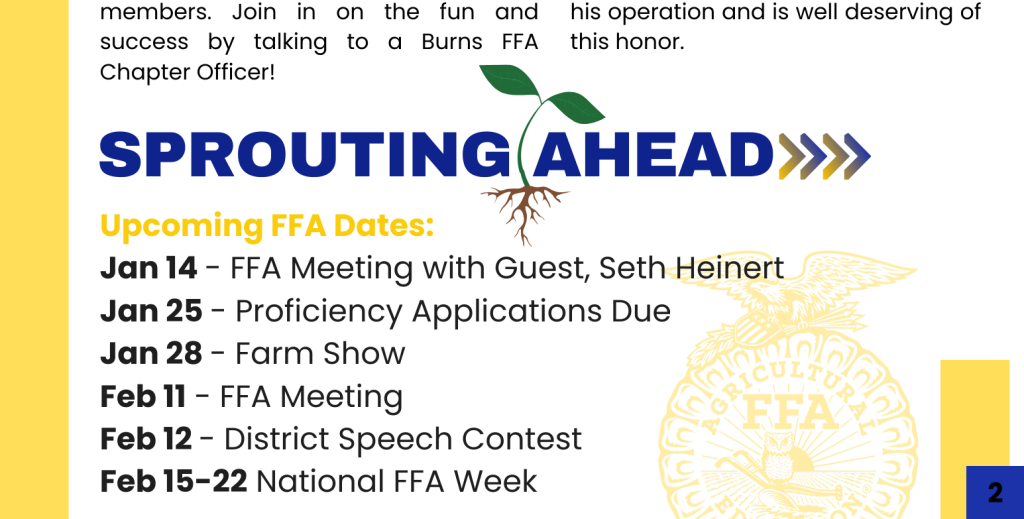
The “Sprouting Ahead” section at the bottom of the Blue & Gold Newsletter keeps members and parents informed about upcoming events.
In the end, consistency is key. Continue to release newsletters regularly (monthly, quarterly or every semester) to ensure your community doesn’t miss anything. You can also publish your finished media in your school office, local businesses or social media platforms.
New methods of chapter relations will improve the awareness of agricultural education and FFA among your chapter’s most valuable supporters, but it’s up to you to take action. It only takes the initiative of one member to share the mission and purpose of FFA on a local, state and national scale.
By incorporating eye appeal, chapter recognition and upcoming activities, you can be the one to stand out in a sea of 1,027,273 FFA members.


